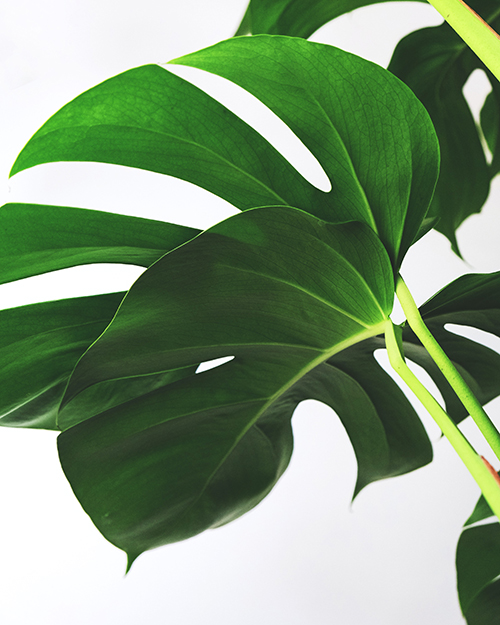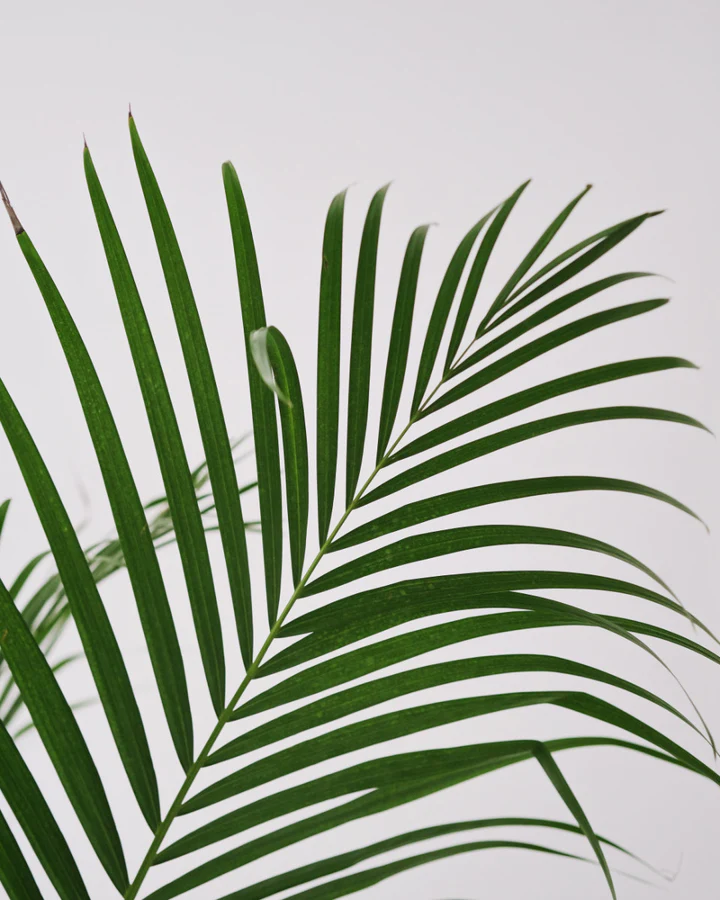
Why
Plants are important
Plants are really important for the planet and for all living things. Plants absorb carbon dioxide and release oxygen from their leaves, which humans and other animals need to breathe. Living things need plants to live - they eat them and live in them. Plants help to clean water too.
Indoor plants don’t just look good—they can make us feel good, too. Studies have shown indoor plants can... Boost moods, productivity, concentration, and creativity. Reduce stress and fatigue. Clean indoor air by absorbing toxins, increasing humidity, and producing oxygen. Add life to sterile spaces, offer privacy, and reduce noise levels. Be therapeutic to care for.
Which
My favorite plants

Asplenium
Asplenium is a genus of about 700 species of ferns, often treated as the only genus in the family Aspleniaceae, though other authors consider Hymenasplenium separate, based on molecular phylogenetic analysis of DNA sequences, a different chromosome count, and structural differences in the rhizomes. The type species for the genus is Asplenium marinum.
Type species
Asplenium marinum
Synonyms
Camptosorus, Ceterach Loxoscaphe T.Moore Phyllitis, Tarachia

Dypsis lutescens
Dypsis lutescens, also known as golden cane palm, areca palm, yellow palm, butterfly palm, or bamboo palm, is a species of flowering plant in the family Arecaceae, native to Madagascar and naturalized in the Andaman Islands, Réunion, El Salvador, Cuba, Puerto Rico, the Canary Islands, etc.
Binomial name
Dypsis lutescens
Synonyms
Chrysalidocarpus lutescens, Areca flavescens, Chrysalidocarpus baronii var. littoralis, Chrysalidocarpus glaucescens

Strelitzia nicolai
Strelitzia nicolai, commonly known as the wild banana or giant white bird of paradise, is a species of banana-like plants with erect woody stems reaching a height of 7–8 m (23–26 ft), and the clumps formed can spread as far as 3.5 m (11 ft). Strelitzia nicolai is among the few plants which have been verified to contain the pigment bilirubin, which is usually found in animals.
Binomial name
Strelitzia nicolai
Synonyms
Strelitzia alba subsp. nicolai, Strelitzia quensonii